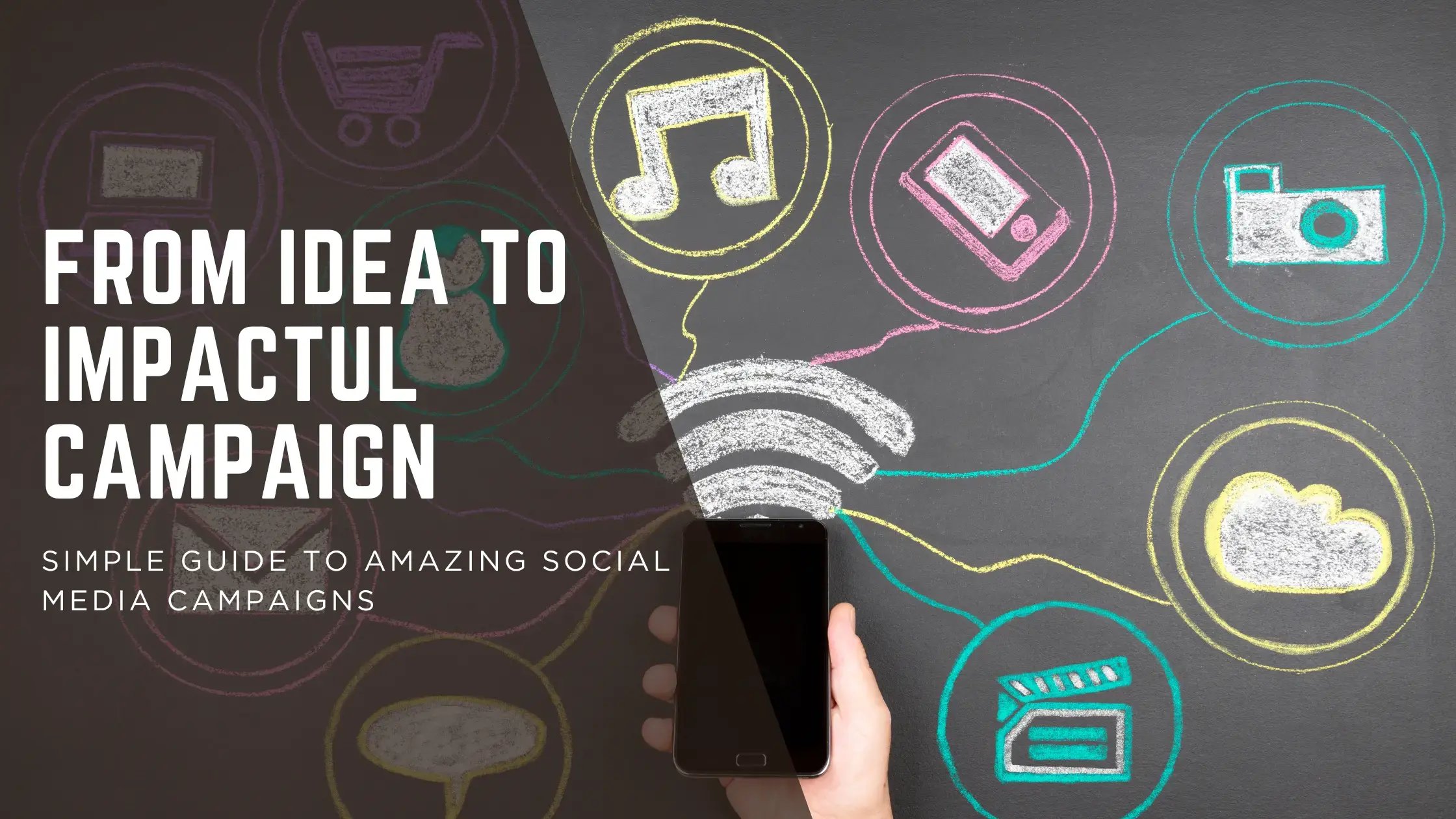
Creative Thinking 101: How to Brainstorm Properly for Your Brand

Introduction
“Creativity is intelligence having fun.” – Albert Einstein
In a crowded marketplace, creativity isn’t just a luxury—it’s your brand’s secret weapon. Yet, many teams struggle to brainstorm effectively, settling for stale ideas or groupthink. Whether you’re naming a product, designing a campaign, or solving a customer pain point, structured creativity separates memorable brands from the forgettable.
This guide will teach you how to brainstorm like a pro, avoid common pitfalls, and turn raw ideas into actionable strategies. Plus, we’ll sprinkle wisdom from creative legends to keep you inspired. Let’s dive in!

What Is Brainstorming (and Why It Matters for Your Brand)
Brainstorming is the process of generating many ideas quickly, without judgment, to solve a problem or spark innovation. For brands, it’s how you:
Stand out in saturated markets.
Connect emotionally with audiences.
Adapt to trends without losing your core identity.
Example:
Apple’s “Think Different” campaign wasn’t just a tagline—it emerged from intense brainstorming sessions that reframed the brand as a rebel in a tech-dominated world.
3 Principles of Effective Brainstorming
1. Quantity Over Quality (At First)
“To have a great idea, have a lot of them.” – Linus Pauling
Early brainstorming is about volume. Even “bad” ideas can spark breakthroughs.
Actionable Tip:
Set a goal of 50 ideas in 10 minutes. Use a timer to pressure your team into thinking freely.
2. Create a Judgment-Free Zone
Criticism kills creativity. Save evaluation for later.
Example:
Pixar uses the “Plussing” method: Instead of saying “no,” collaborators say “Yes, and…” to build on ideas.
3. Diversity Drives Innovation
Invite people from different roles (e.g., sales, customer service, design) to brainstorm. Fresh perspectives prevent echo chambers.
Common Brainstorming Mistakes (and Fixes)
Mistake #1: No Clear Objective
Problem: Vague goals like “Let’s brainstorm social media content marketing ideas!” lead to unfocused sessions.
Fix: Define the challenge tightly.
Example:
Bad: “How can we get more followers?”
Good: “How can we engage working moms with 30-second video content?”
Mistake #2: Letting the Loudest Voices Dominate
Problem: Extroverts overshadow introverts, missing hidden gems.
Fix: Use silent brainstorming.
Have everyone write ideas independently first.
Compile them anonymously on a whiteboard for discussion.
Mistake #3: Stopping at Ideas
Problem: Brainstorms often end with a list… and no plan.
Fix: Use the 6-3-5 Method:
6 people write 3 ideas each in 5 minutes.
Pass the paper, refine ideas, and vote on top contenders.
Step-by-Step Guide to Brainstorming for Your Brand
Step 1: Prep Work
Define the Goal: Write a specific question (e.g., “How can we position our eco-friendly shampoo as a luxury product?”).
Gather Tools: Sticky notes, whiteboards, or digital apps like Miro.
Invite the Right People: Include at least one “outsider” (e.g., a customer or freelancer).
Step 2: Warm-Up Exercises
Word Association: Start with a core brand value (e.g., “trust”) and build a web of related words.
Reverse Brainstorming: Ask, “How could we ruin our brand reputation?” Then flip those ideas into solutions.
Step 3: Generate Ideas
SCAMPER Technique: Modify existing ideas by:
Substituting
Combining
Adapting
Modifying
Putting to another use
Eliminating
Reversing
Example:
A coffee shop combines a “subscription model” (C) with “local art displays” (A) to create a “Monthly Coffee + Art Box.”
Step 4: Refine and Prioritize
Dot Voting: Give each participant 3 stickers to vote for favorites.
Impact vs. Effort Matrix: Plot ideas on a grid based on feasibility and potential ROI.
Step 5: Build an Action Plan
Assign owners, deadlines, and metrics for the top 3 ideas.
Creative Brainstorming Techniques to Try
Mind Mapping: Start with a central concept and branch out.
Tool: MindMeister
Role Storming: Pretend to be a customer, competitor, or even a fictional character.
Example: “What would Oprah say about our productivity app?”
Random Stimulus: Use a random word/image (e.g., “volcano”) to spark metaphors.
Case Study: How “Bloom & Bark” Revamped Their Brand
Challenge: A pet accessory brand was seen as “generic” in a market dominated by Chewy and Petco.
Brainstorm Process:
Goal: “How can we become the #1 choice for eco-conscious millennial pet owners?”
Techniques:
Silent brainstorming generated 80+ ideas.
Role storming from a customer’s perspective highlighted demand for “Instagrammable, sustainable leashes.”
Winning Idea: “Leashes Made from Recycled Ocean Plastic” with customizable, colorful designs.
Results:
300% increase in social media engagement.
Featured in Sustainable Living Magazine.
Tools to Supercharge Your Brainstorms
Miro: Digital whiteboard for remote teams.
Stormboard: Organize ideas with sticky notes and templates.
Otter.ai: Transcribe brainstorming sessions to capture every idea.
3 Quotes to Fuel Your Creativity
“You can’t use up creativity. The more you use, the more you have.” – Maya Angelou
Use this when: Your team feels stuck.
“Innovation distinguishes between a leader and a follower.” – Steve Jobs
Use this when: Prioritizing bold ideas over safe ones.
“The worst enemy to creativity is self-doubt.” – Sylvia Plath
Use this when: Encouraging shy contributors to speak up.
Conclusion
Great brainstorming isn’t about waiting for a “eureka” moment—it’s about creating a system that turns chaos into clarity. By fostering a judgment-free zone, leveraging diverse perspectives, and using proven techniques, you’ll unlock ideas that elevate your brand from ordinary to extraordinary.
Your Action Plan:
Schedule a 45-minute brainstorming session this week.
Test one new technique (e.g., SCAMPER or role storming).
Turn your top idea into a pilot project within 30 days.
“The creative process is a process of surrender, not control.” – Julia Cameron

